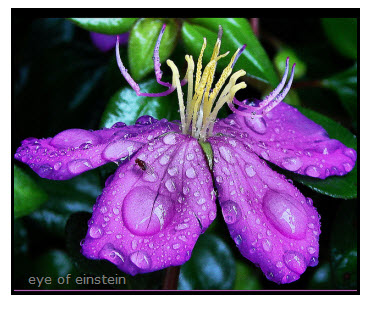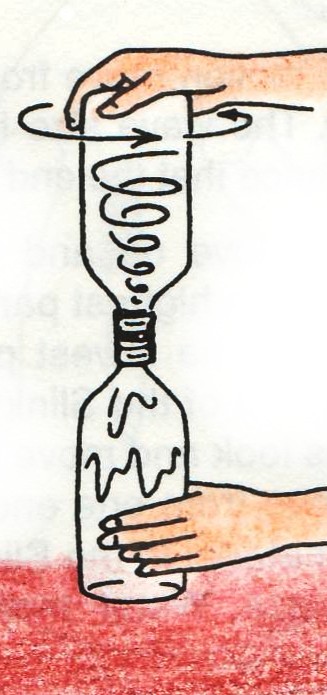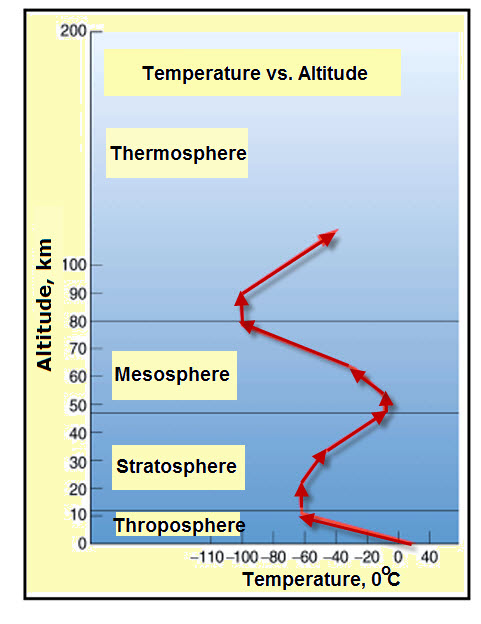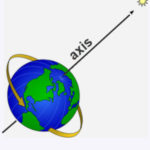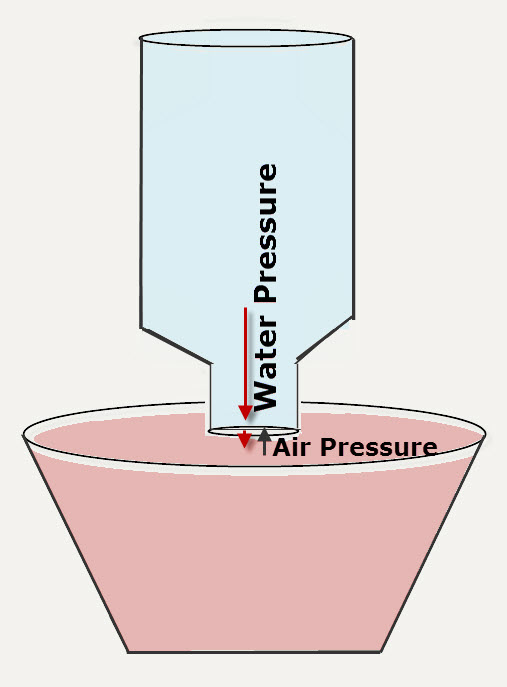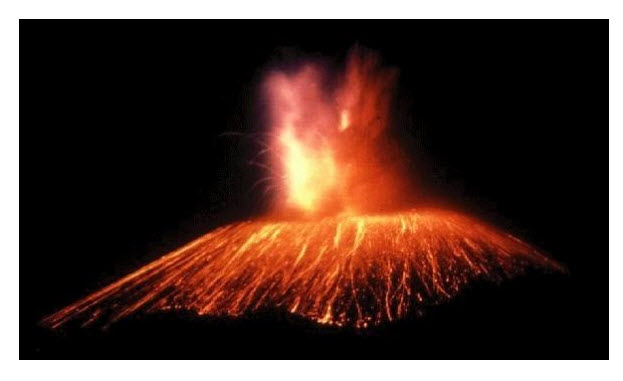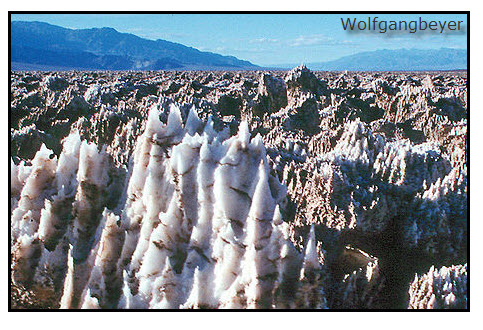Demonstrate the Water Cycle. 1. Fold a paper towel in half twice. 2. Lay the folded paper towel on a table and stand a glass on it. The glass must be large large enough to support a 16-ounce (480-ml) plastic soda or water bottle as shown. 3. Fill the bottle half full with warm tap […]
Clouds
Clouds form when liquid water from rivers, ponds, oceans, lakes, swimming pools, etc. evaporate. Evaporate means to change from a liquid to a gas (at a temperature that is lower than the boiling point of water–212 degrees F or 100 degrees C). Since water is usually a liquid, its generally called water vapor to indicate […]
Vortex Bottle
In the world around us there are many examples of vortexes: tornadoes, whirlpools in a sink or tub, swirling vortexes in rivers and oceans and, of course, hurricanes. You can make your own vortex to do experiments with. For this you will need two empty plastic soda bottles (with the labels removed), duct tape, and […]
Temperature Changes Within Earth’s Atmosphere
Earth’s Atmosphere can be divided into four layers with distinct changes in temperature as the altitude increases. Starting at Earth’s surface, these layers are: Troposphere: As the altitude increases, the air temperature decreases. The troposphere is hotter near the Earth’s surface because heat from the Earth warms this air. As the altitude increases the number of […]
Wintertime Events
Winter is the season of the year between autumn and spring. For many regions on Earth, winter is a time of cold temperatures and in some places ice and snow. Besides observing the shapes of snow crystals, winter is a great time to study the celestial bodies because the sky is generally clearer. Look for […]
Velocity of Earth’s Rotation
The Earth is in constant motion. As shown in the figure, the northern end Earth’s axis points toward the north star. Thus, Earth spins about it’s axis toward the east. Spinning about an axis is called rotation. The Earth rotates once every 24 hours. It is this motion that causes daylight and nighttime. Calculate the […]
Earth Circles the Sun
Hi, The diagram Earth’s revolution around the Sun shown below represents Texas’ 8th Grade Science Standard: Model and illustrate how the tilted Earth rotates on its axis, causing day and night, and revolves around the Sun causing changes in seasons. The dates for 2014 and 2015 seasons in the Northern Hemisphere are correct, thus students […]
Variables Effecting Tornado Bottle
Turn a water filled bottle upside down. Hold the bottle vertical over a container to catch the water coming out of the bottle. When the water leaves the bottle an empty space is left at the top. The amount of water coming out has to be replaced by something else because liquids do not expand […]
Science Projects About Volcanoes
Can a volcano be my science fair topic? Yes, volcanoes can be the topic of your science fair project–IF your project is an experiment with measurable results. This means that making a model of a volcano is generally not enough. Yes, it could be part of your project, but most project are expected to have […]
Salt Flats
Salt flats are usually flat, as their name implies. One salt flat that doesn’t adhere to this description is “The Devil’s Golf Course” in Death Valley National Park. This salt flat was once a lake. As the water evaporated, the minerals that were dissolved in the lake water were left behind. Since the surface remains […]
- 1
- 2
- 3
- …
- 6
- Next Page »
